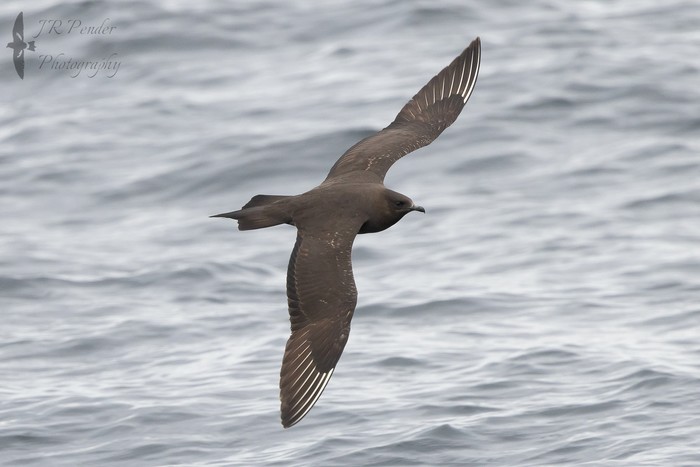Stormy Seas and Sinking Skua Numbers: Winter Conditions Drive Population Decline
Seabird conservation efforts may need to shift focus: new research finds that winter habitats hold the key to survival.

The Arctic Skua, a formidable seabird known for its kleptoparasitic hunting tactics, is facing an alarming decline across the North Atlantic. While previous studies have attributed population losses to breeding ground conditions, new research suggests that the real danger lies further afield—during the non-breeding season, when the birds endure the harsh and unpredictable conditions of the open ocean.
A study published in Marine Ecology Progress Series used 24 years of ringing and re-encounter data from the Faroe Islands to examine the environmental factors influencing Arctic Skua survival. Researchers found that while conditions at breeding sites remain important, survival rates are more closely linked to large-scale oceanic climate patterns, particularly the El Niño–Southern Oscillation (ENSO). The study highlights a worrying trend: declining adult survival rates, with a notable decrease from approximately 93% in 1985 to just 77% in 2008.
Winter’s Deadly Grip
Unlike some seabirds that remain near their breeding colonies year-round, Arctic Skuas undertake long-distance migrations, spending months at sea. The study found that the effects of ENSO events—oceanic climate fluctuations that influence temperature and food availability—are felt long after they occur. In particular, the research suggests a time-lagged effect of El Niño events on young skua survival. Warmer waters associated with El Niño reduce marine productivity, affecting fish stocks and indirectly limiting food availability for Arctic Skuas and their prey.
While the exact mechanisms remain unclear, the researchers propose two possible explanations: a decrease in food abundance during El Niño years reduces survival prospects for young skuas, or parents in poor condition due to food scarcity fail to provide adequately for their offspring. Either way, the data suggests that wintering conditions play a crucial role in determining which young birds make it back to the breeding colonies.
A Silent Decline
The study’s findings align with broader trends in seabird populations, many of which have suffered steep declines over the past century. Between 1950 and 2010, global seabird numbers fell by nearly 70%, with migratory species particularly affected. The Arctic Skua, once common across the North Atlantic, is now classified as ‘Endangered’ within the European Union, with some populations experiencing dramatic crashes. In the Faroe Islands, where the study took place, the population has plummeted from an estimated 1,200–1,500 pairs in 1981 to just 207 pairs in 2017.
Historically, conservation efforts have focused on breeding success, with interventions aimed at reducing predation, habitat destruction, and competition from other species. However, this research suggests that such efforts may be insufficient if climate-driven changes in non-breeding habitats continue to drive mortality.
The Climate Connection
The study found no direct link between Arctic Skua survival and the North Atlantic Oscillation (NAO)—a key climate driver in the region. This suggests that while local breeding conditions influence reproductive success, wintering conditions in distant oceans may have a stronger impact on overall population trends.
As climate change intensifies, extreme weather events and oceanic disruptions are expected to increase in frequency. The study warns that without a better understanding of how these shifts impact migratory seabirds, conservation strategies may fall short. Researchers argue for increased tracking efforts to monitor wintering ground conditions, as well as broader international conservation policies that address climate-related threats beyond the breeding season.
A Race Against Time
The fate of the Arctic Skua is a stark reminder of the far-reaching impacts of climate change on migratory species. While the birds remain resilient in the face of natural fluctuations, the accelerating pace of environmental change presents an unprecedented challenge. With adult survival rates continuing to decline, researchers stress the urgent need for a global approach to seabird conservation—one that takes into account not just breeding success, but the increasingly volatile conditions faced by these birds during migration and wintering.
For now, the open seas remain an unpredictable battleground for the Arctic Skua. Whether they can weather the storm of climate change remains an open question—one that scientists and conservationists must work swiftly to answer.
19 Mar 2025
Share this story







